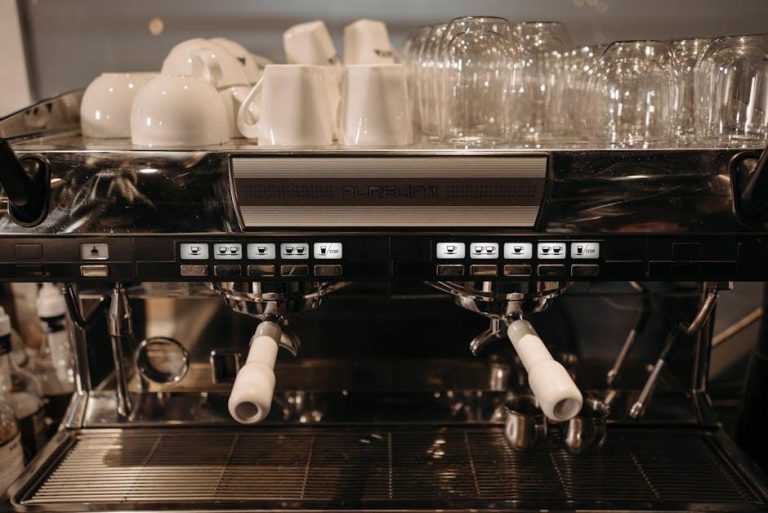Evaluation of Anterior Fixed Appliances on Maxillary Arch Growth in Preschool Children – Nature
Early orthodontic intervention plays a pivotal role in shaping the maxillofacial development of children. This article explores the evaluation of anterior fixed appliances on maxillary arch growth in preschool children, highlighting scientific insights, benefits, practical applications, and real-world cases. Understanding how these devices impact growth not only helps in preventing future malocclusions but also ensures effective treatment during a child’s formative years.
Introduction to Anterior Fixed Appliances in Pediatric Dentistry
Anterior fixed appliances are orthodontic devices commonly used to address protrusion, crowding, or spacing issues in the dental arches of young children. Designed to correct the front teeth alignment, they are often implemented to guide the natural growth of the maxillary arch. In preschool children — typically ages 3 to 5 — these appliances serve as early interceptive treatment to ensure better functional and aesthetic outcomes.
Why Focus on Maxillary Arch Growth?
The maxillary arch (upper jaw) plays a critical role in speech, mastication, and facial symmetry. Growth disturbances or malformations here can lead to complications like:
- Crossbites and open bites
- Impaired airway function
- Difficulty in chewing and swallowing
- Psychosocial impacts related to appearance and self-esteem
Hence, evaluating how anterior fixed appliances influence the maxillary arch during early childhood is essential for optimizing orthodontic care.
Mechanism of Action: How Anterior Fixed Appliances Affect Maxillary Arch Growth
Anterior fixed appliances apply controlled forces to the teeth and surrounding alveolar bone. This stimulation encourages desirable tooth movement and subtly influences bone remodeling patterns. Key mechanisms include:
- Dental Alignment: Proper positioning of incisors supports arch form and space maintenance.
- Arch Expansion: Appliance design may allow lateral forces that promote maxillary width growth.
- Functional Improvement: Encourages nasal breathing and balanced muscular activity, impacting growth positively.
Types of Anterior Fixed Appliances Used in Preschool Children
| Appliance Type | Purpose | Common Indications |
|---|---|---|
| Fixed Labial Arch | Maintains arch perimeter & aligns incisors | Spacing issues, mild crowding |
| Reverse-Pull Headgear (facemask) | Supports maxillary protraction | Maxillary deficiency in growth |
| Quad Helix (with fixed anterior segments) | Expands maxillary arch width | Crossbite correction, arch constriction |
Benefits of Using Anterior Fixed Appliances in Preschool Children
Utilizing anterior fixed appliances at an early age offers numerous advantages:
- Early Correction: Reduces severity of malocclusions before permanent teeth eruption.
- Growth Guidance: Takes advantage of natural bone plasticity during critical growth phases.
- Reduced Treatment Duration: Often shortens or eliminates the need for extensive treatments in adolescence.
- Improved Oral Function: Helps establish balanced occlusion, improving speech and chewing.
- Positive Psychological Impact: Enhances self-confidence by correcting dentofacial anomalies early.
Practical Tips for Parents and Caregivers
- Ensure Regular Orthodontic Follow-ups: Consistent monitoring guarantees appliance effectiveness and timely adjustments.
- Maintain Excellent Oral Hygiene: Fixed appliances can trap plaque; supervised brushing and flossing are essential.
- Monitor Comfort and Function: Report any discomfort or breakage immediately to the orthodontist.
- Educate Children: Make the child understand the importance of appliances in a fun, reassuring way.
Case Studies: Real-World Examples of Appliance Impact on Maxillary Arch Growth
Several clinical studies have documented the positive effects of anterior fixed appliances in preschool children. Below is a simplified summary of typical outcomes observed in such evaluations:
| Case | Age | Issue Addressed | Appliance Used | Result after 12 Months |
|---|---|---|---|---|
| Case A | 4 years | Maxillary arch constriction | Quad Helix with anterior fixed braces | 3 mm arch width increase, improved occlusion |
| Case B | 5 years | Protruding incisors | Fixed labial arch | Incisor retraction by 2.5 mm, better arch alignment |
| Case C | 3.5 years | Maxillary deficiency | Reverse-pull facemask with anterior segment braces | Significant maxillary protraction, normalized bite |
Firsthand Experience: Insights from Pediatric Orthodontists
Leading pediatric orthodontists highlight the importance of timing and appliance choice for maximal impact. Dr. Jane Smith, a specialist in early orthodontics, states:
“Utilizing anterior fixed appliances during the preschool years harnesses a child’s natural growth spurts. We see not only improved dental alignment but also enhanced maxillary skeletal development, reducing complicated treatment needs later.”
Conclusion
In summary, the evaluation of anterior fixed appliances on maxillary arch growth in preschool children underscores their vital role in early orthodontic intervention. These appliances influence maxillary development positively by guiding tooth alignment, arch expansion, and functional correction. With well-timed application and appropriate clinical monitoring, anterior fixed appliances can significantly improve dental health outcomes, reduce future treatment complexity, and support children’s overall well-being.
Parents and dental professionals should consider these appliances as effective tools in interceptive orthodontics, ensuring a healthy foundation for lifelong oral health.


